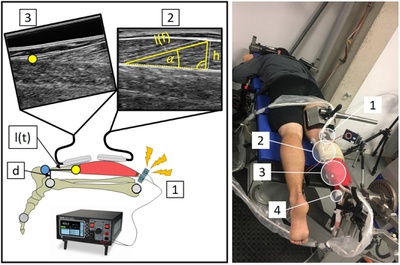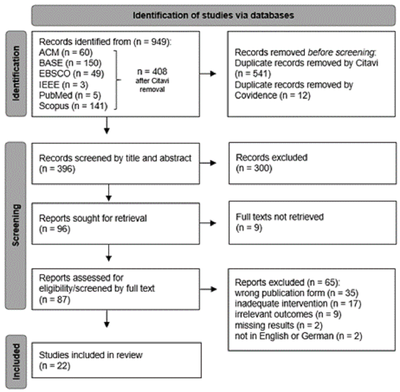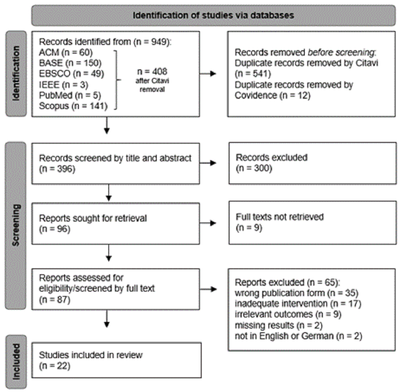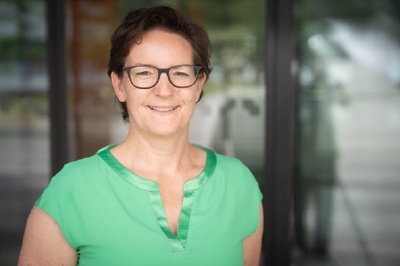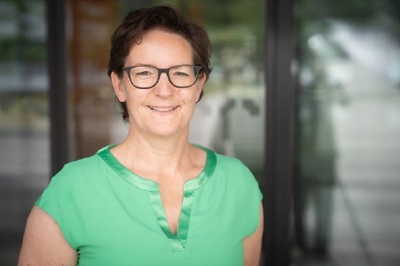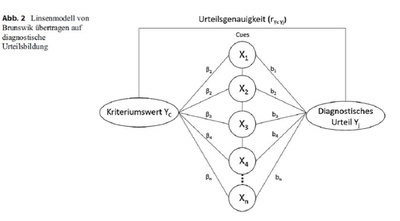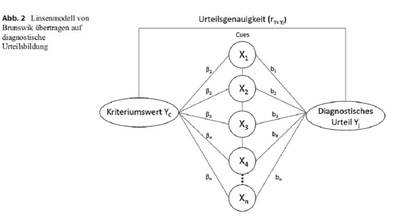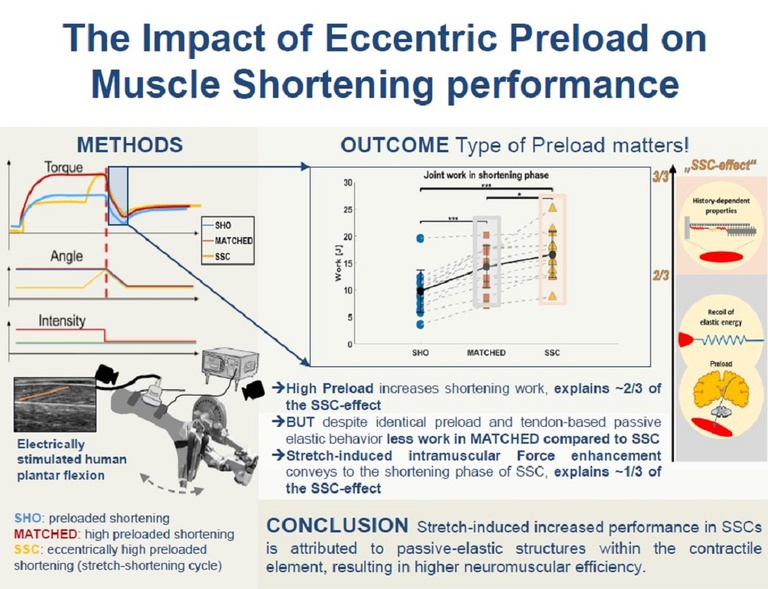
Unlocking the benefit of active stretch: the eccentric muscle action, not the preload, maximizes muscle-tendon unit stretch-shortening cycle performance
6 August 2024
Unlocking the benefit of active stretch: The Eccentric muscle action, not the preload, maximizes muscle-tendon unit stretch-shortening cycle performance
Goecking, T., Holzer, D., Hahn, D., Siebert, T., & Seiberl, W. (2024). Unlocking the benefit of active stretch: The Eccentric muscle action not the preload maximizes muscle-tendon unit stretch-shortening cycle performance. Journal of Applied Physiology. https://doi.org/10.1152/japplphysiol.00809.2023
Abstract:
Stretch-shortening cycles (SSCs) outperform shortening contractions preceded by isometric contractions in terms of enhanced force/torque, work, and power production during shortening. This so-called SSC-effect is presumably related to the active muscle stretch before shortening in SSCs. However, it remains unclear whether the stretch-induced higher preload level or stretch-induced history dependence effects maximize the SSC-effect. Therefore, we analyzed fascicle behavior, MTU shortening work, and torque/force (N=12 participants) via ultrasound and dynamometry during electrically stimulated submaximal plantar flexion contractions from 10° plantarflexion to 15° dorsiflexion. To elucidate the effects of preload level and preload modality (i.e. contraction type) on shortening performance, muscle-tendon unit shortening was preceded by fixed-end (SHO), active stretch (SSC), and preload-matched fixed-end (MATCHED) contractions. Prior to shortening MATCHED and SCC had the same preload level (1% torque difference), similar joint position and muscle fascicle lengths. Compared with SHO, shortening work was significantly (p<.001, partial η2=.749) increased by 85% and 55% for SSC and MATCHED, respectively, with SSC shortening work being significantly higher than MATCHED (p=.016). This indicates that preload contributes by 65% to the overall SSC-effect, so that 35 % need to be referred to stretched-induced history dependent mechanisms. Additionally, SSC showed larger fascicle forces at the end of shortening (p<.001) and 20% less depressed isometric torque following shortening compared with MATCHED (p<.001). Since potential decoupling effects by the series elastic element were controlled by matching the preload levels, we conclude that the difference between SSC and MATCHED is related to stretch-induced long-lasting history dependent effects.
This project was funded by the Deutsche Forschungsgemeinschaft (DFG, German Research Foundation) under Grants SI 841/15-1,2, HA 5977/5-1,2, and SE 2109/2-1,2; project number 354863464.
Tobias Göcking, M. Sc. & Prof. Dr. Wolfgang Seiberl
Professur für Bewegungswissenschaften mit einem Schwerpunkt Digitalisierung
